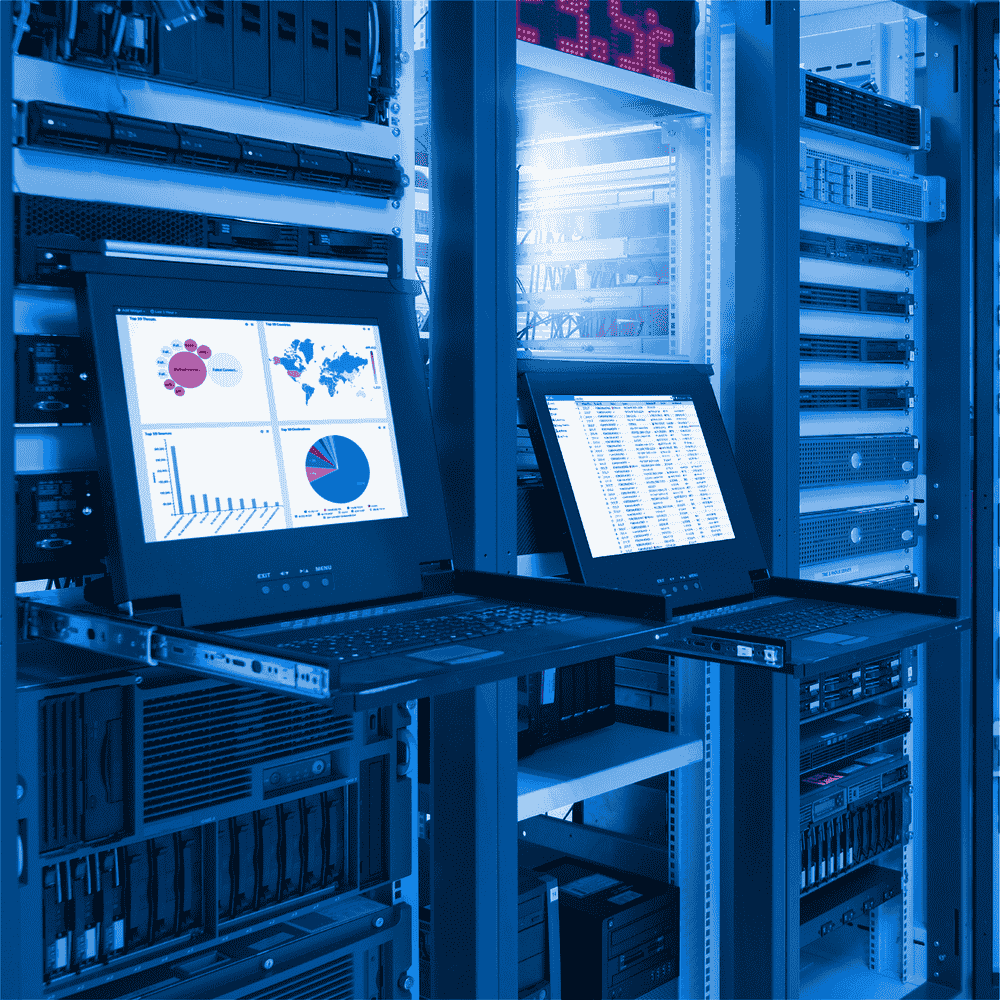Emerging Trends in Data Center Infrastructure
In today’s digital landscape, data centers have become a cornerstone of business operations. The surge in data volume, coupled with the rise of cloud technologies, artificial intelligence (AI), and the rapid adoption of the Internet of Things (IoT), is driving a significant transformation in data center infrastructures. Below are the key trends shaping the future of data center infrastructure:
Sustainability and Green Data Centers
Sustainability has become a priority for data centers, as it has for many other sectors. Data centers, which account for a large portion of energy consumption, aim to reduce their carbon footprint by switching to renewable energy sources. The integration of green energy sources such as solar energy and wind energy is an important step in this area. In addition, new cooling technologies that provide water and energy efficiency pave the way for sustainable data center operations.
Edge Computing
In addition to central data centers, edge computing, which means processing data closer to devices, is a rapidly rising trend in data center infrastructure. Especially with the increasing number of IoT devices, processing data at the edge rather than the center is critical to reducing latency and ensuring fast data flow. This is reshaping the architecture of data centers and more distributed structures are emerging.
Artificial Intelligence-Assisted Management and Automation
Artificial intelligence plays an important role in data center management. AI-supported systems help optimize data center operations, reduce energy consumption, and provide proactive solutions in processes such as failure prediction. Automation systems, on the other hand, minimize manual operations and provide a more efficient and secure infrastructure. AI-based data center management tools analyze big data and create continuous improvement opportunities.
Modular Data Centers
Modular data center solutions offer flexibility for fast-growing businesses. This structure allows the data center infrastructure to be expanded or reduced quickly. The ability to quickly install pre-manufactured modules in the field reduces costs and increases deployment speed. This trend provides a great advantage in terms of both scalability and flexibility.
High-Density Cooling Technologies
Increasing server density in data centers can cause traditional cooling systems to become inadequate. For this reason, high-density cooling solutions are gaining great importance. Liquid cooling technologies provide more efficient cooling compared to air-cooled systems and enable data centers to operate with higher performance. These technologies also offer great benefits in terms of energy savings.
5G and Data Centers
With the spread of 5G technology, it is inevitable for data centers to adapt to this new network infrastructure. 5G allows data centers to manage their workloads more effectively as it provides faster data transfer, lower latency, and wider bandwidth. In addition, the combination of 5G with edge computing offers new opportunities for data centers.
Conclusion
Data center infrastructures are at the heart of digital transformation, and this transformation is constantly supported by new technologies and solutions. Many new trends, from sustainability to AI-supported automation, from edge computing to modular structures, contribute to data centers being more efficient, flexible, and environmentally friendly. Businesses that follow these emerging trends will be able to better respond to the data demands of the future and gain a competitive advantage.






